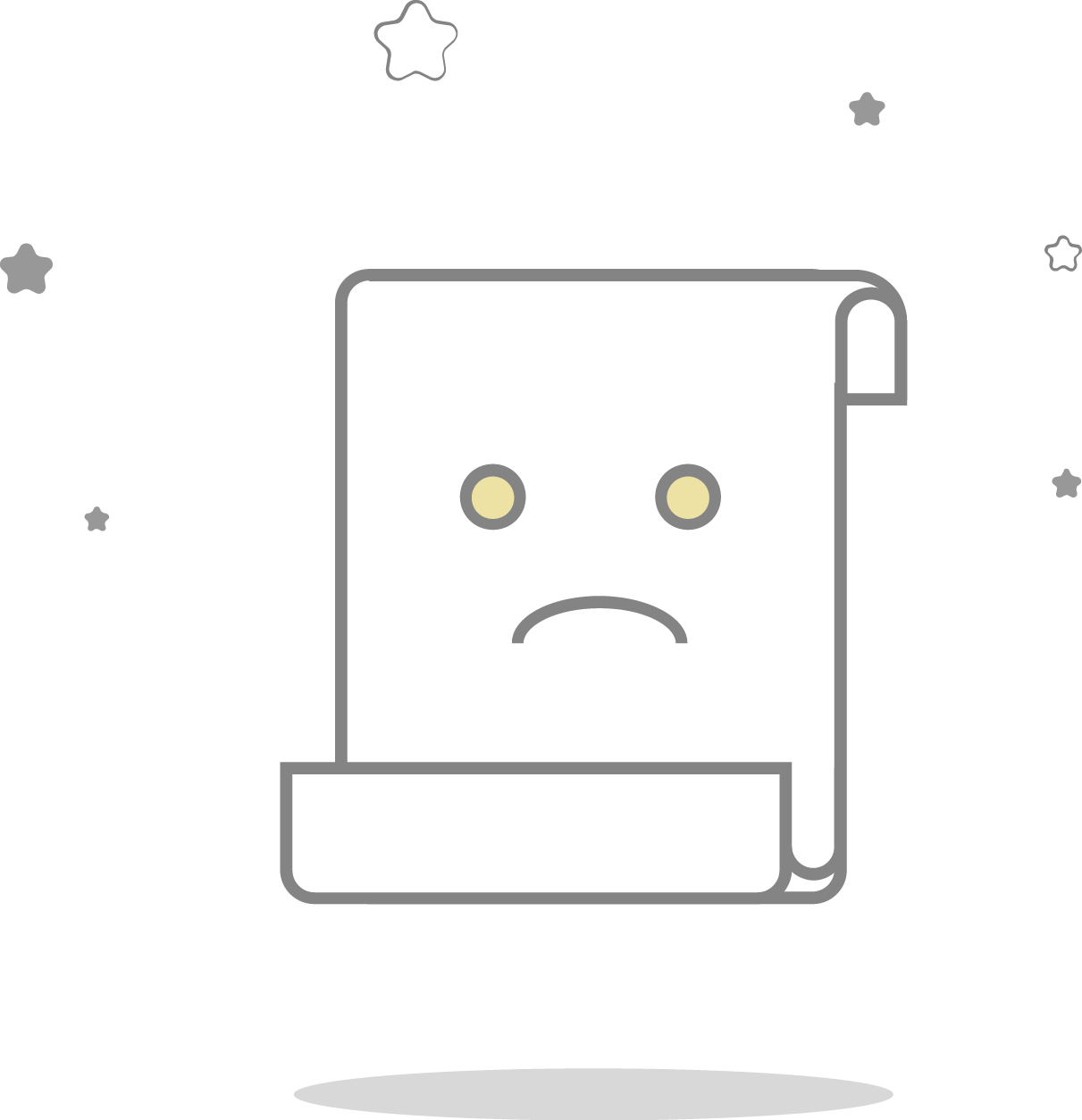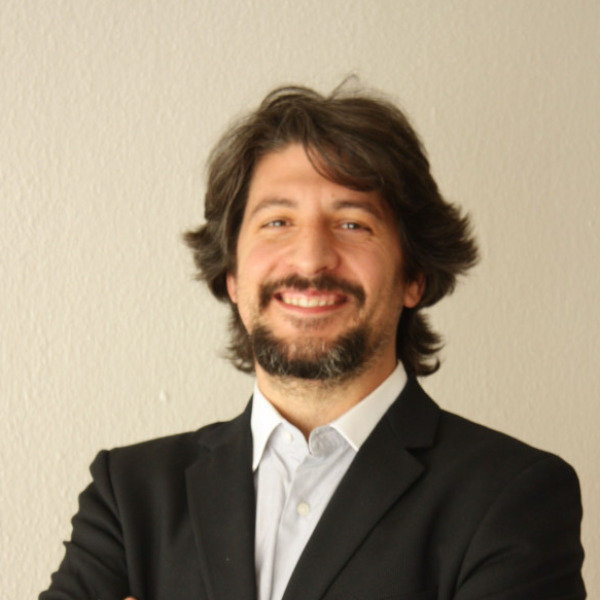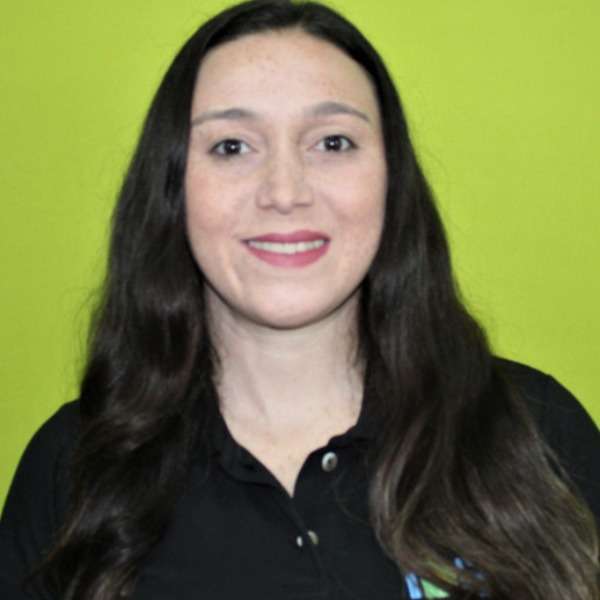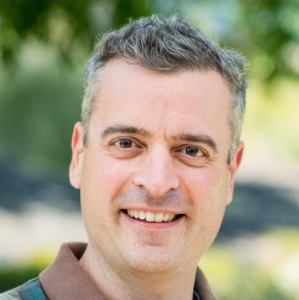Hyongbum Henry Kim
Lab Information
Yonsei University College of Medicine
Research Area and Skills
Recognize this scientist’s Expertise for their contribution in your research
Genome-wide nuclease libraries 0 Genome editing tools 0 CRISPR-Cas9 0 Eye and liver diseases 0
- Post
- Publication
- Plasmid
- Following (0)
- Follower (1)

This guy hasn’t posted anything yet.
Hot Posts for You
Neutralizing antibodies (NAbs) are critical human immune defense mechanisms against viral infections. NAbs can bind to sites on the virus and inhibit entry of that virus into the host. It is a key parameter to evaluate COVID-19 vaccine efficacy per Guidelines from Development and ...Learn More
- Like (3)
- Reply
-
Share
This 3D animation shows you how DNA is copied in a cell. It shows how both strands of the DNA helix are unzipped and copied to produce two identical DNA molecules. TranscriptDNA is a molecule made up of two strands twisted around each other in a double helix shape. Each strand is ...Learn More
IntroductionA gleam of light finally shone down on the global crisis of the prolonged battle against COVID-19, giving people hopes of preventive care and treatment in the near future by monoclonal antibodies against SARS-CoV-2. As stated the news of NIH’s phase III clinical ...Learn More
"Those who do not know history are obliged to repeat it" This famous phrase that could be from any history teacher to his suspended students has been attributed to great figures in history such as Napoleon or the philosopher George Santayana. In a modern version of it we could say ...Learn More
In recent years there is an increasing number of cytotoxic chemotherapeutic compounds with the ability to rapidly kill dividing cancer cells in preference to non-dividing healthy cells. Nevertheless, the major drawback of chemotherapy is that, in addition to damaging the cancer ...Learn More
The coronavirus pandemic caught everyone unprepared. We had to deal with the fear of an unknown virus which can be lethal for some people. And the whole world just stopped in an attempt to prevent the virus spread.Suddenly we had to adapt to a new way of living, socially isolated ...Learn More
This is the first episode of MolecularCloud Pioneer Scientist interview series. In this interview, MolecularCloud talks with Prof. Shuo Huang from Nanjing University about the recent publications of Dr. Huang’s team and the future prospect of biological nanopore technology. The ...Learn More
The increasing number of confirmed COVID-19 cases is prompting an unprecedented global effort to find a treatment for the disease. Given the fact that a new drug development could be a decade work from initial discovery to the marketplace, scientists are racing to search a cure ...Learn More
The previous article on precision medicine was focused on Pharmacogenomics as a fundamental aspect of cancer therapeutics. In this sequel, emphasis would be on the role of immuno-oncology in personalization of cancer therapy, citing anti PD therapy as an example with hypothetical ...Learn More
Kim HK, Yu GS, Park JM, Min SW, Lee ST, Yoon SR, KimH+. (Corresponding author). Predicting the efficiency of prime editing guide RNAs in human cells. Nat. Biotechnol. 2020 Sep 21.doi:10.1038/s41587-020-0573-5.
Song MJ, Kim HK, Lee ST, Kim YG, Seo SY, Park JM, Choi JW, Jang HW, Shin JH, Min SW, Zhejiu Quan, Kim JH, Kang HC, Yoon S, KimH+. (Corresponding author). Sequence-specific prediction of the efficiencies of adenine and cytosine base editors.Nat. Biotechnol. 2020 ; doi: 10.1038/s41587-020-0573-5. Epub 2020 Jul 6.
Kim N, Kim HK, Lee ST, Seo JH, Choi JW, Park J, Min SW, Yoon S, Cho SR, KimH+. (Corresponding author). Prediction of the sequence-specific cleavage activity of Cas9 variants. Nat. Biotechnol. 2020; doi : 10.1038/s41587-020-0537-9. Epub 2020 Jun 8.
Kim HK, Lee S, Kim Y, Park J, Min S, Choi JW, Huang TP, Yoon S, Liu DR, KimH+ (+Corresponding author). High-throughput analysis of the activities of xCas9, SpCas9-NG and SpCas9 at matched and mismatched target sequences in human cells. Nat Biomed Eng. 2020 ;4(1):111-124., DOI: 10.1038 /s41551-019-0505-1
Kim HK, Kim Y, Lee S, Min S, Bae JY, Choi JW, Park J, Jung D, Yoon S, Kim H+ (+Corresponding author). SpCas9 activity prediction by DeepSpCas9, a deep learning – based model with high generalization performance. Sci. Adv. 2019; 5 (11): eaax9249, DOI: 10.1126/sciadv.aax9249
Kim HK, Min S, Song M, Jung S, Choi JW, Kim Y, Lee S, Yoon S+, Kim H+ (+Corresponding author). Deep learning improves prediction of CRISPR–Cpf1 guide RNA activity. Nat Biotechnol. Published online 29 January 2018. http://rdcu.be/FOM1
Kim W, Lee S, Kim HS, Song M, Cha YH, Kim YH, Shin J, Lee ES, Joo Y, Song JJ, Choi EJ, Choi JW, Lee J, Kang M, Yook JI, Lee MG, Kim YS, Paik S.Kim H+ (+Corresponding author). Targeting mutant KRAS with CRISPR-Cas9 controls tumor growth. Genome Res. 2018 Jan 11. pii: gr.223891.117. doi: 10.1101/gr.223891.117.
Gopalappa R, Suresh B, Ramakrishna S+, Kim H+ (+Corresponding authors). Paired D10A Cas9 nickases are sometimes more efficient than individual nucleases for gene disruption. Nucleic Acids Res. 2018.
Kim HK, Song M, Lee J, Menon AV, Jung S, Kang YM, Choi JW, Woo E, Koh HC, Nam JW, Kim H+ (+Corresponding author). In vivo high-throughput profiling of CRISPR-Cpf1 activity. Nat. Methods., 2017; 14: 153-159
Lim JS, Gopalappa R, Kim SH, Ramakrishna S, Lee M, Kim W, Kim J, Park SM, Lee J, Oh JH, Kim HD, Park CH, Lee JS, Kim S, Kim SD, Han JM, Kang HC+, Kim H+, Lee JH+ (+Corresponding authors). Somatic Mutations in TSC1 and TSC2 cause focal cortical dysplasia. Am J Hum Genet. 2017 ;100(3) :454-472
Kim YH, Kim HO, Baek EJ, Kurita R, Cha HJ, Nakamura Y, Kim H+ (+Corresponding author). Rh D blood group conversion using transcription activator-like effector nucleases. Nat. Commun., 2015 Jun 16; 6:7451.
Ramakrishna S, Dad A-B D, Beloor J, Gopalappa R, Lee S-K, Kim H+ (+Corresponding author). Gene disruption by cell-penetrating peptide-mediated delivery of Cas9 protein and guide RNA. Genome Res., 2014 June. 24: 1020-1027 (Featured on the cover; http://genome.cshlp.org/content/24/6.cover-expansion).
Kim H, Kim JS. A guide to genome engineering with programmable nucleases. Nat. Rev. Genet., 2014 May;15(5):321-34.
Ramakrishna S, Cho SW, Kim S, Song M, Gopalappa R, Kim JS+, Kim H+ (+Corresponding authors). Surrogate reporter-based enrichment of cells containing RNA-guided Cas9 nuclease-induced mutations. Nat. Commun., 2014 Feb 26; 5: 3378.
Kim H, Um E, Cho SR, Jung C, Kim H+, and Kim JS+ (+Corresponding authors). Surrogate reporters for enrichment of cells with nuclease-induced mutations. Nat. Methods, 2011 Oct 9;8:941-3.

This guy hasn’t plasmids anything yet.
Hot plasmids

This guy has no following anyone.
Popular Cloud Scientists
About Us · User Accounts and Benefits · Privacy Policy · Management Center · FAQs
© 2025 MolecularCloud











